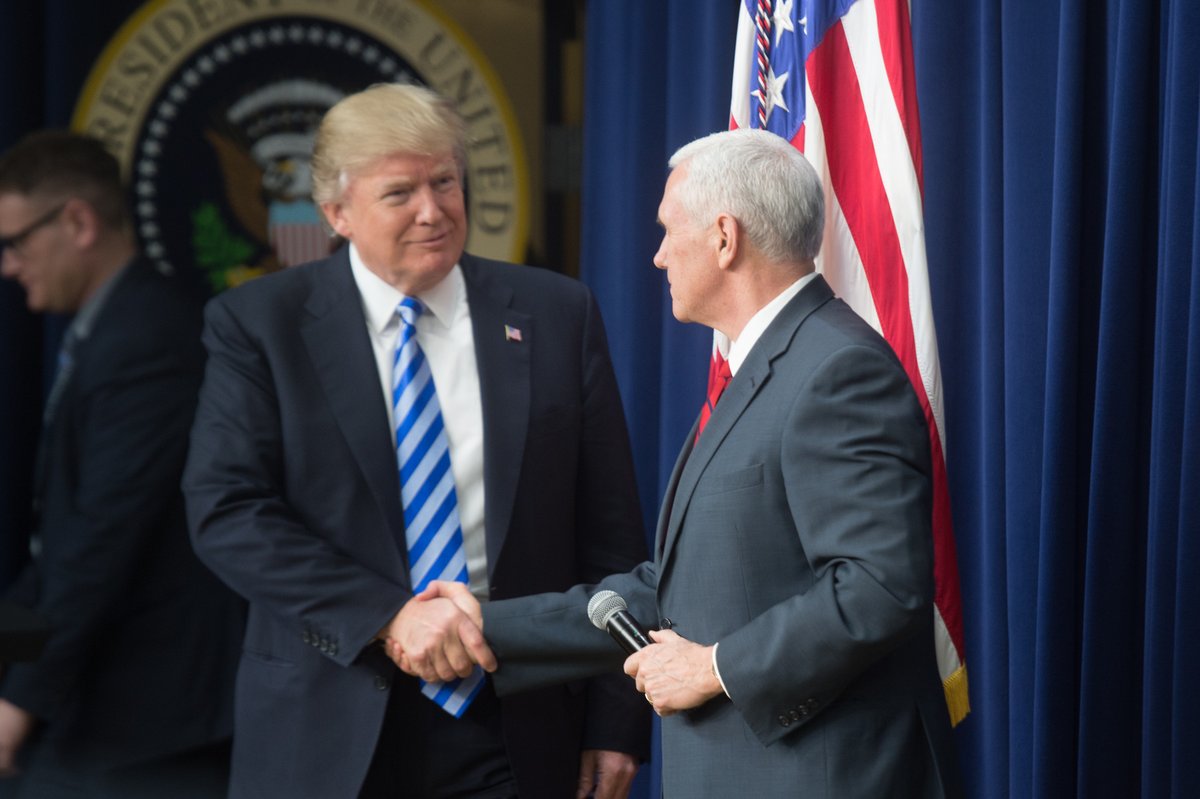President-elect Donald Trump’s ambitious plans to tackle unemployment in 2025 have sparked heated debate among economists, business leaders, and everyday Americans. With promises of slashing regulations, incentivizing domestic manufacturing, and restricting immigration, Trump has outlined a strategy aimed at boosting job growth. However, critics warn these policies could lead to labor shortages and income inequality.
Trump’s administration has set a target to reduce unemployment to a historic low by revitalizing sectors such as energy, manufacturing, and infrastructure. While the approach has won praise from his supporters, skeptics argue it risks sidelining vulnerable workers and ignoring economic trends favoring automation and green jobs.
Boosting Domestic Manufacturing and Energy Jobs
Central to Trump’s 2025 economic agenda is a push to bring manufacturing jobs back to the United States. The president-elect has vowed to renegotiate trade deals, impose tariffs on imported goods, and incentivize companies to relocate production to American soil. His plan also includes expanding fossil fuel projects, which he claims will generate hundreds of thousands of jobs in rural and industrial regions.
“American workers will finally have a government that puts them first,” Trump said during a recent campaign rally. Proponents argue that these measures could create short-term gains, particularly in blue-collar sectors.
However, labor experts caution that these strategies may not align with global economic realities. Many industries have shifted toward automation or require specialized skills, meaning the promised job growth may not materialize as expected.
Controversy Over Immigration and Workforce Impacts
Trump’s immigration policies are also a significant part of his unemployment strategy. The administration plans to restrict legal immigration pathways and increase deportations of undocumented workers, citing the need to prioritize jobs for American citizens.
Supporters believe this will reduce competition in the labor market, but critics contend it could exacerbate labor shortages in industries such as agriculture, construction, and hospitality, which heavily rely on immigrant workers.
Economists also warn that limiting immigration could stifle innovation and economic growth. “Reducing the workforce during a time of aging demographics will likely hurt productivity,” said a report from the Brookings Institution.
Public Reactions Reflect Divided Opinions
Trump’s plans for unemployment have sparked a flurry of reactions on social media, with netizens debating their potential impact:
- @JobSaver2025: “Finally, a president who values American jobs! Manufacturing will thrive again under Trump’s leadership.”
- @EcoVisionary: “He’s ignoring the future! Green energy and automation are the real solutions to unemployment.”
- @FarmersUnite: “Without immigrant workers, agriculture will collapse. Who will pick the crops if Trump cuts the workforce?”
- @BlueCollarPride: “This is what we’ve needed for years—putting America first and creating real jobs for our citizens.”
- @ThinkFuture: “Global economies don’t work this way anymore. Tariffs will only hurt consumers in the long run.”
- @LaborAdvocate: “Low unemployment doesn’t matter if wages remain stagnant. Trump’s policies favor corporations, not workers.”



 Argentina Unions Rally Against Milei’s Labor Reform as Congress Debates Key Bill
Argentina Unions Rally Against Milei’s Labor Reform as Congress Debates Key Bill  Kennedy Center Reportedly Renamed Trump-Kennedy Center After Board Vote
Kennedy Center Reportedly Renamed Trump-Kennedy Center After Board Vote  Canada Signals Delay in US Tariff Deal as Talks Shift to USMCA Review
Canada Signals Delay in US Tariff Deal as Talks Shift to USMCA Review  Trump Expands U.S. Travel Ban to Antigua and Barbuda, Dominica, Sparking Economic Fears in the Caribbean
Trump Expands U.S. Travel Ban to Antigua and Barbuda, Dominica, Sparking Economic Fears in the Caribbean  Fernando Haddad Confirms He Will Not Run for Office in 2025, Signals Possible Exit as Brazil’s Finance Minister
Fernando Haddad Confirms He Will Not Run for Office in 2025, Signals Possible Exit as Brazil’s Finance Minister  Italy Supreme Court Upholds Salvini Acquittal in Migrant Kidnapping Case
Italy Supreme Court Upholds Salvini Acquittal in Migrant Kidnapping Case  U.S. and China Push for Ceasefire as Thailand–Cambodia Border Clashes Escalate
U.S. and China Push for Ceasefire as Thailand–Cambodia Border Clashes Escalate  EU Delays Mercosur Free Trade Agreement Signing Amid Ukraine War Funding Talks
EU Delays Mercosur Free Trade Agreement Signing Amid Ukraine War Funding Talks  Trump Signs Order to Ease Federal Marijuana Rules, Signaling Major Policy Shift
Trump Signs Order to Ease Federal Marijuana Rules, Signaling Major Policy Shift  Dan Bongino to Step Down as FBI Deputy Director After Brief, Controversial Tenure
Dan Bongino to Step Down as FBI Deputy Director After Brief, Controversial Tenure  U.S.-Russia Talks in Miami Raise Hopes for Potential Ukraine War Deal
U.S.-Russia Talks in Miami Raise Hopes for Potential Ukraine War Deal  Trump Administration Reviews Nvidia H200 Chip Sales to China, Marking Major Shift in U.S. AI Export Policy
Trump Administration Reviews Nvidia H200 Chip Sales to China, Marking Major Shift in U.S. AI Export Policy  U.S. Senators Move Toward Deal to Strengthen Military Helicopter Safety Rules
U.S. Senators Move Toward Deal to Strengthen Military Helicopter Safety Rules  U.S. House Advances GOP Healthcare Bill as ACA Subsidies Near Expiration
U.S. House Advances GOP Healthcare Bill as ACA Subsidies Near Expiration  Syria, Kurds and U.S. Race to Show Progress on SDF Integration Deal
Syria, Kurds and U.S. Race to Show Progress on SDF Integration Deal  Jared Isaacman Confirmed as NASA Administrator, Becomes 15th Leader of U.S. Space Agency
Jared Isaacman Confirmed as NASA Administrator, Becomes 15th Leader of U.S. Space Agency 
































